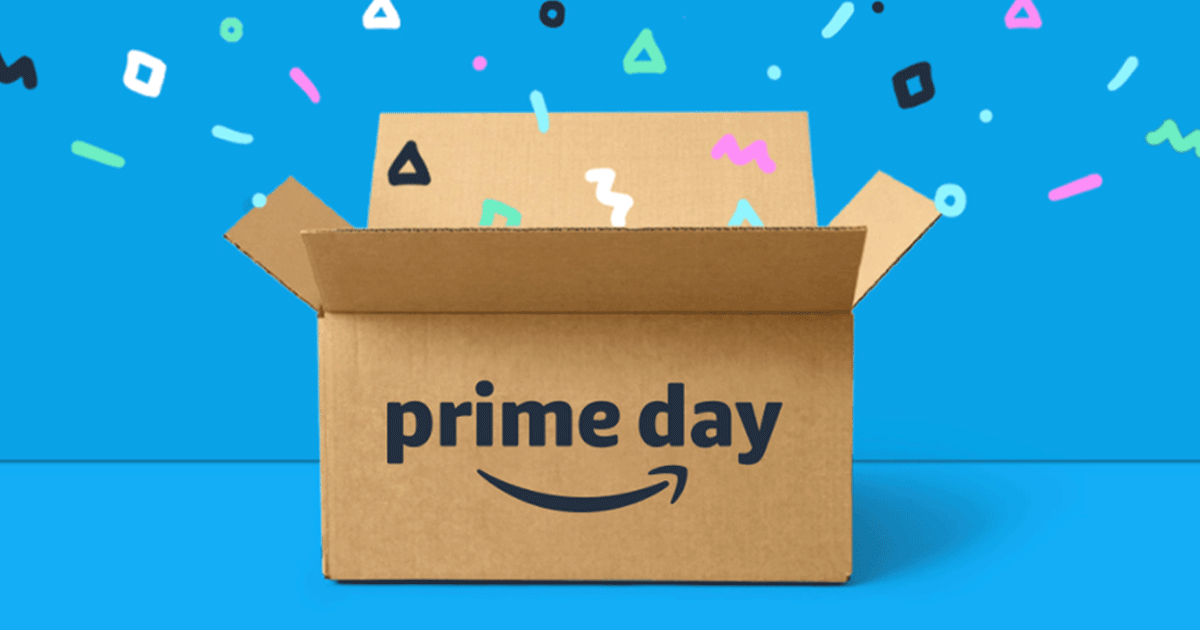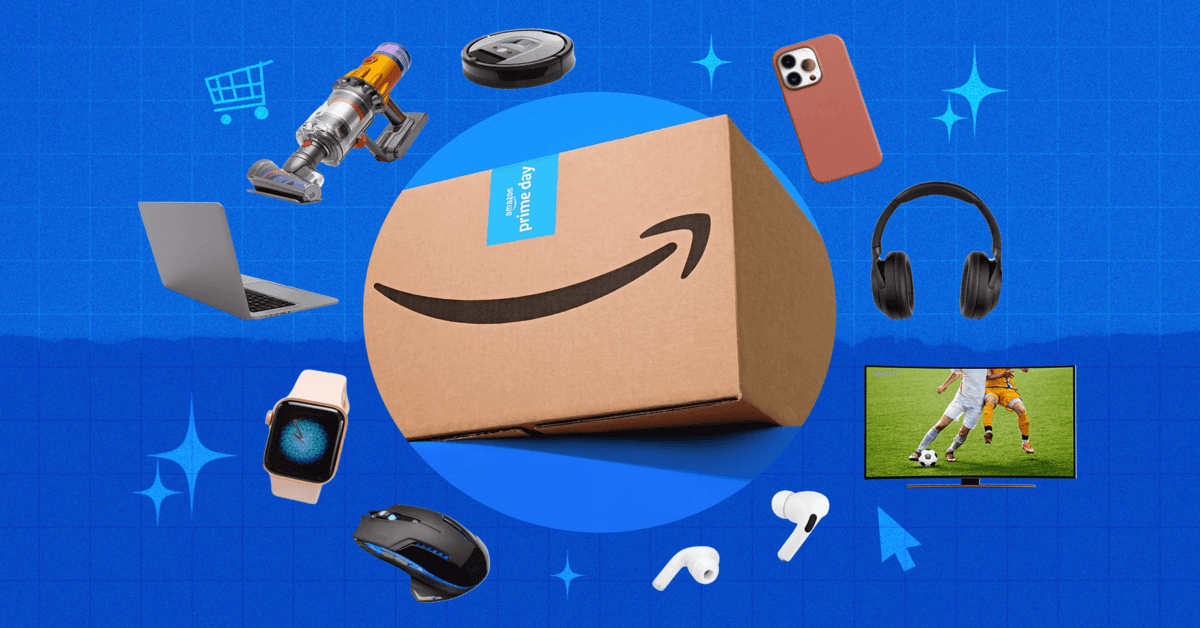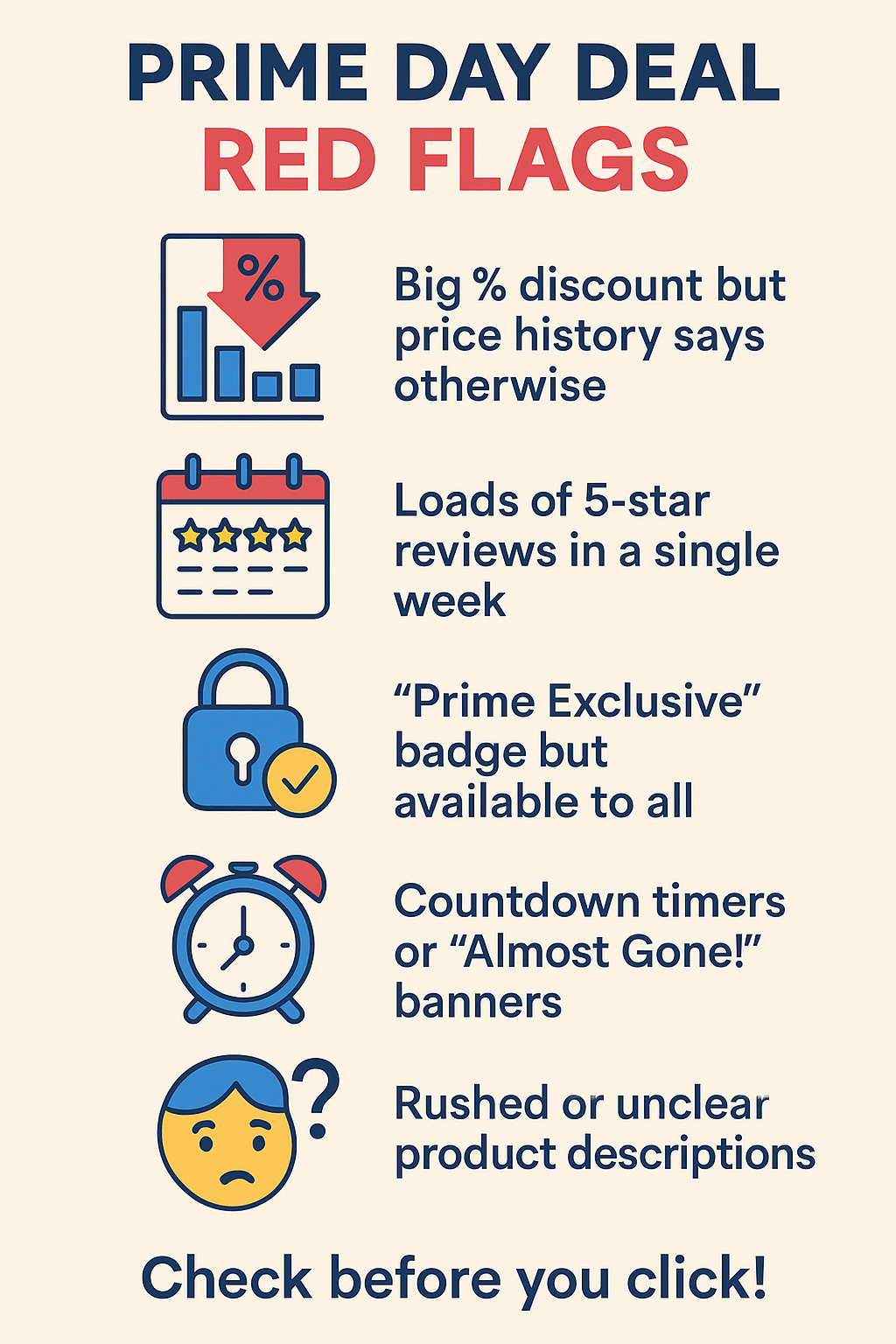Is that Deal Real? A Guide to Spotting Fake Discounts Ready for Prime Day 2025
How to tell if you're actually saving money this Prime Day, plus tips for sniffing out the tricks retailers use.


Have you ever wondered if Amazon Prime Day is too good to be true? Well, you're not alone. With thousands of "limited-time" offers flooding Amazon every Prime Day, it's easy to get swept up in the excitement and FOMO of it all. And just as easy to end up buying something that's not actually a bargain. But there's good news: With a bit of know-how, you can quickly spot which deals are the real thing and which ones are just clever marketing
Here's how to become a savvy Prime Day shopper in 2025, no regretful purchases, no fake discounts.
Check the Price History (It Only Takes a Minute)
One of the oldest tricks in the book is hiking a product's price a few weeks before Prime Day, then "slashing" it back to normal and calling it a deal, hoping that all customers will see is the big percentage off sign.
What to do: Before you buy, use a free price-tracking tool like CamelCamelCamel or PriceSpy. Just copy the Amazon link, paste it into the tool, and check the price graph. If you see the "deal" price has been normal for months or even higher in the last week, you know you're not really saving.
Pro Tip: Add the browser extension so you can see the price history chart directly on Amazon, with zero effort.

Watch for "Was/Now" Illusions
If a deal says "was £199, Now £99, don't trust it blindly. In the UK, retailers are meant to use the most recent regular price as the "was" price. But not everyone plays fair.
What to do: Scan the small print, or better yet, do a quick Google search for the same product. If it's selling for £99 at three other retailers, that "£100 off" isn't exclusive to Prime Day, it's just the going rate.
Compare Against Other Retailers
Prime Day isn't the only big sale around. Argos, Currys, John Lewis, Very, Ninja and even supermarkets run their own July discounts to compete.
What to do: Before you buy, pop the item into PriceSpy or Google Shopping to see if another retailer has quietly undercut Amazon. You'd be surprised how often this happens, especially on tech and homeware.
Beware of Lightning Deals Hype
"Only 3 left!" "Ends in 10 minutes!" The pressure is real, but don't panic. Buy. These are called "calls to action" and are tried-and-true methods by marketers, sellers, and writers everywhere, including myself.
What to do: Add the product to your wishlist or basket, and take a breath. Amazon's lightning deals often come back around, or the same product is available from another seller for less, minus the countdown clock.
Real Talk: If you're not sure you want it, it's probably not a must-have deal.
Check the Reviews - Especially the Recent Ones

Some brands pump up their products with reviews that are months (or years) old, before quietly downgrading the quality. Or worse, third-party sellers relist items that have nothing to do with the original product.
What to do: Scroll to the most recent reviews. Are people saying the product has changed, or that the deal wasn't as promised? Watch for verified purchase badges, and avoid items with loads of 5-star reviews posted very recently.
There are also websites such as thereviewindex, which aims to provide trusted and objective reviews for Amazon URLs you enter into the box, because some review sites have questionable reliability.
Don't Fall for "Exclusive" Prime Day Labels
Amazon LOVES to badge deals as "Prime Exclusive." But sometimes, those items are actually available to anyone, or the same "exclusive" price has been around for weeks. Some notable examples include Ninja, Shark and Anker.
What to do: If you're curious, try viewing the deal in an incognito tab (not logged into Prime). Sometimes you'll see it's not as exclusive or personalised as it looks. And again, compare elsewhere!
Double Check Amazon's Own Brand Value
Yes, Amazon Basics, Fire, and Echo products often have real discounts on Prime Day. But don't assume every Amazon brand deal is the best out there.
What to do: Still check the price history, and make sure you're getting the newest model, not an old version being cleared out.
Quick Recap: Prime Day Deal Red Flags
- Huge discount with no price history to back it up
- Loads of reviews all on the same day
- "Exclusive" badges that aren't so exclusive
- Countdown timers and "almost gone" stock pushing you to rush

Final Thoughts
Prime Day is a great time to grab real bargains, but only if you're clear-eyed and a bit sceptical. A genuine deal will stand up to a little digging. Trust your gut, do a quick check, and you'll come out of Prime day with only the wins and no buyer's remorse.
Have you spotted a deal that looks dodgy or too good to be true? Tell people! Share it on social media, tell your friends, and share the results with the community so fewer people are ripped off by big companies.
Editor's note: All advice is accurate as of July 2025. This guide is updated yearly during the Prime Day season. Check back here at MyVoucherCodes often for more insights and reader tips.
When you click on one of our links to our discount code or retailer pages, we may earn a commission if you make a purchase. Here's how it works.

I started at MyVoucherCodes as a Deal Expert, sourcing top deals and discount codes. I combined these skills with my passion for writing to become an Editor, helping readers save money. As a former student and homeowner, I understand the need to budget and provide shopping tips, especially for vegetarian and vegan diets. I've also written for publications like GamesRadar+, Tom's Guide, Tom's Hardware, The Sun, My Weekly, iPaper and Pick Me Up!
I play video games, write reviews for GameReport in my spare time, and love trying out the latest tech gadgets. I also enjoy DIY projects, having worked in a tool store and renovated my home on a budget.